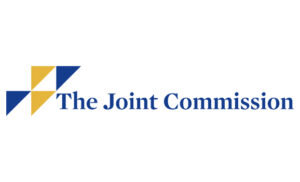Suicide Prevention Month: Hospitals prepare for new The Joint Commission suicide prevention goal, effective 2026
Editor's Note
Hospitals will soon face stronger accountability for suicide prevention, as The Joint Commission prepares to implement “National Performance Goal (NPG) 8” on January 1, 2026, its September 3 news update reports. The goal, titled “The hospital reduces the risk for suicide,” replaces current requirements under “National Patient Safety Goal (NPSG) 15” for hospitals and critical access hospitals. For behavioral health and human services organizations, NPSG 15 remains in effect.
The update highlights September’s Suicide Prevention Month and directs organizations to the Suicide Risk Reduction Resource Center, which offers strategies, tools, and training materials to strengthen compliance with NPG 8 and NPSG 15. The shift to NPGs reflects the Commission’s broader Accreditation 360 initiative, which consolidates safety priorities that extend beyond regulatory requirements.
Expectations for hospitals are specific. Psychiatric hospitals and psychiatric units must conduct environmental risk assessments and take action to minimize hazards, such as removing ligature points and other objects that could facilitate self-harm. General hospitals must implement mitigation strategies for nonpsychiatric units when a patient is identified as high risk, including one-to-one monitoring, visitor screening, and safe transport. While full ligature resistance is not required in these settings, hospitals are expected to routinely evaluate clinical areas and remove risks where possible.
Hospitals are also required to screen all patients 12 and older being treated for behavioral health conditions using a validated suicide screening tool. Those who screen positive must undergo a structured assessment addressing suicidal ideation, plan, intent, behaviors, risk factors, and protective factors. Risk level and mitigation plans must be clearly documented.
Beyond screening and assessment, organizations must maintain written policies and procedures that cover staff training, reassessment guidelines, monitoring, counseling, and discharge follow-up for patients at risk. They are also expected to monitor their own compliance and effectiveness and take corrective action as needed.
With suicide prevention recognized as a national patient safety priority, hospitals now face both the opportunity and the responsibility to integrate these requirements into daily care. Early preparation will help ensure staff are trained, workflows are consistent, and environments are safer for patients at risk.
Read More >>

 Free Daily News
Free Daily News